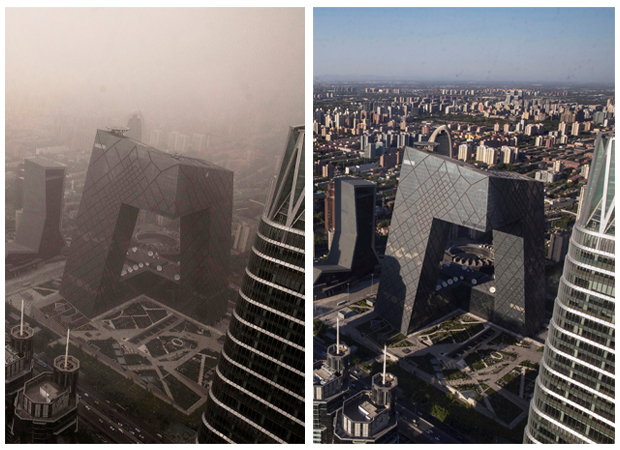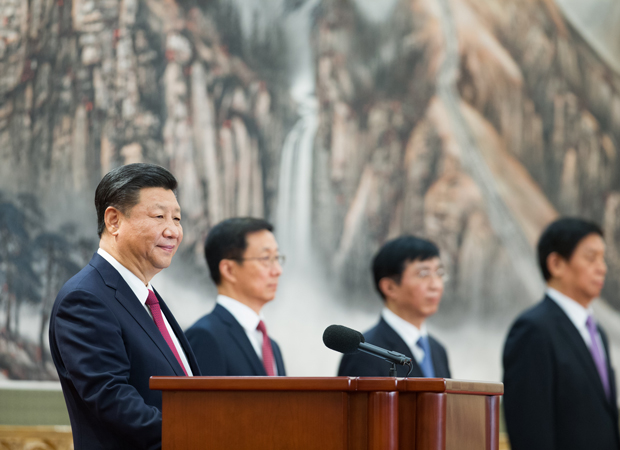In mid-January, the environmental group Greenpeace announced dramatic improvements in air quality across China. In 74 Chinese cities, measurements of PM2.5, the fine particles that have been a major contributor to the country’s choked skies, declined 35 percent from 2013 to 2017. In Beijing, PM2.5 fell 54 percent in the last quarter of 2017. And yet, Greenpeace also noted that coal use accelerated between 2016 and 2017, slowing the progress of the National Air Quality Action Campaign and threatening the campaign’s continued progress. Also clouding the good news, air pollution has worsened in some parts of the country as polluting industries have shifted production. What is the significance of these changes, and can the reductions in air pollution be sustained and improved upon?





